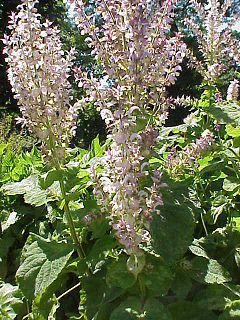The Chaste tree is a shrub with purple flowers, originating in Central Asia and spread in the Mediterranean and in Morocco , it grows along streams and on the banks of the rivers.
The ancient Greeks gave it to women to keep excessive sexual stimuli, tradition that is perpetuated until the middle ages, when the monks put buds in monastic gown to curb their libido.
Its Latin name, "agnus castus",indicates the quality of the plant and its progestiniche property. Its berries of elongated shape and reddish-black, contain a mix of components (including flavonoids and glycosides) able to act on the pituitary andcounteract the symptoms associated with menstruation. Due to its antispasmodic action, the Chaste treehas the ability to soothe cramps and tender breasts, hold tachycardia and mitigate intense stress that they undergo ovaries.
 The Chaste tree balances the hormonal system by regularising ovulation, thereby reducing the long cycles and elongates the short. You can associate with Chaste tree the Clary Sage plant known since antiquity for treatment of nervous diseases of women using it nightly baths diluting small doses drops in hot water along with the Agnus castus tincture in the days before the loop.
The Chaste tree balances the hormonal system by regularising ovulation, thereby reducing the long cycles and elongates the short. You can associate with Chaste tree the Clary Sage plant known since antiquity for treatment of nervous diseases of women using it nightly baths diluting small doses drops in hot water along with the Agnus castus tincture in the days before the loop.
The Chaste tree is a good remedy against the boring "slab" and the myriad of symptoms typical of menopause .

